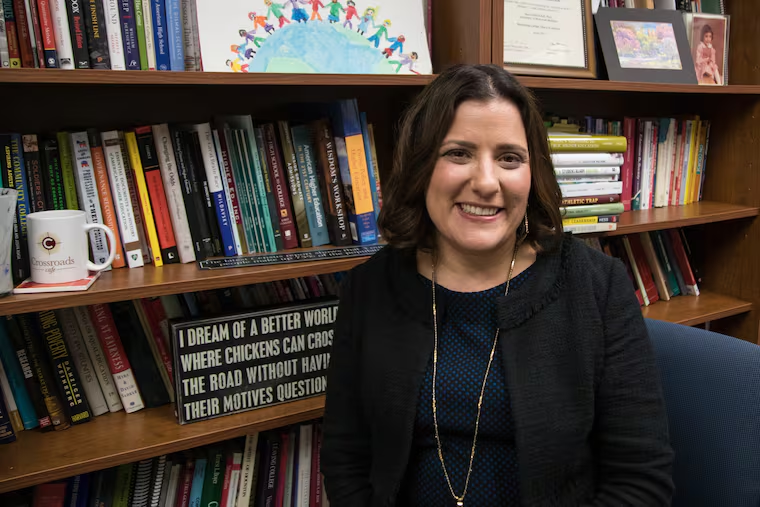Despite federal funding for college students during the pandemic, many are still in need, Temple report says
Only about a third of the students whose basic needs were not being met and who responded to the Temple survey applied to their colleges for federal emergency aid in 2020.

Despite billions in federal funding to help college students with emergency aid last year, many still couldn’t get their basic needs met and more than half didn’t even know about the aid, a Temple University report shows.
The latest report by Temple’s Hope Center for College, Community and Justice, billed by the group as the largest national survey of college students’ basic needs during the pandemic, said only about a third of the students whose basic needs were not being met and who responded to the survey applied for the emergency aid in 2020.
“Emergency aid seemed to play a key role in helping many students get through fall 2020,” the report said. “Nevertheless, misinformation and other systemic barriers kept some students from utilizing supports, with male students of color being especially unlikely to have access to campus supports.”
» READ MORE: Homeless and hungry college students will face greater challenges because of the coronavirus
The survey, released Wednesday, drew responses from nearly 200,000 students at two- and four-year colleges nationwide, about 11% of those surveyed. Community College of Philadelphia, Camden County College, and La Salle and Temple Universities were among local colleges that participated.
Professor Sara Goldrick-Rab, who leads the center, said the $6 billion in federal funding allotted last year for student emergency aid wasn’t enough. The federal Education Department, she said, offered contradictory guidance on how to distribute the funds and tried to exclude undocumented and international students. Colleges also were encouraged to use federal financial-aid forms to make decisions on awarding the aid, even though the forms were based on conditions before the pandemic, she said.
She also said colleges didn’t do enough to make students aware of the aid.
“It’s not something that is widely advertised to students, so awareness of the support was low,” she said.
» READ MORE: Colleges will receive millions in stimulus funds, but coronavirus costs are greater
The lack of awareness also is a problem among other types of aid for students, she said, with Black men among those particularly hard hit.
“The number-one problem is that people are not effectively communicating with them,” she said.
In March, a new and larger federal stimulus was approved, with the nation’s colleges in line to get nearly $40 billion, about half of which must be spent on emergency aid for students. Goldrick-Rab said colleges must do a better job communicating with students about the aid. She noted that aid can be used to help students who dropped out of school during the pandemic return, and that this fall, many students will return to campus traumatized by the impacts of the pandemic and will need support.
“I’m afraid people think we are going to flip a switch,” she said. “It’s not over.”
Colleges should consider trauma-informed training for staff so they know better how to help students, she said.
The report showed that three in five students had “basic needs insecurity,” in areas including hunger, homelessness, lack of transportation, technology, health care, or child care, a finding similar to prior surveys by the center. And, there was a 16-percentage-point gap between white students and Black students in basic needs insecurity, another finding similar to last year.
But because students most at risk were also most likely to drop out last year, she said she thinks the actual numbers are worse.
“Everything we are saying this year is an understatement of the problem,” Goldrick-Rab said.
» READ MORE: More than $2 billion in stimulus aid for colleges will mean more emergency aid for students
The virus hurt families directly. The survey also showed that 7% of students said they got sick, while 13% lost a loved one to the virus and 41% had a close friend or family member who got sick. Also, more than a third of students surveyed said they lost a job because of the pandemic, and about a quarter worked less or for less money, the report said.